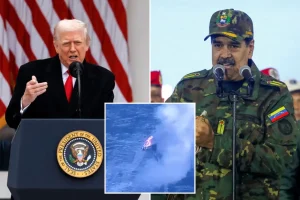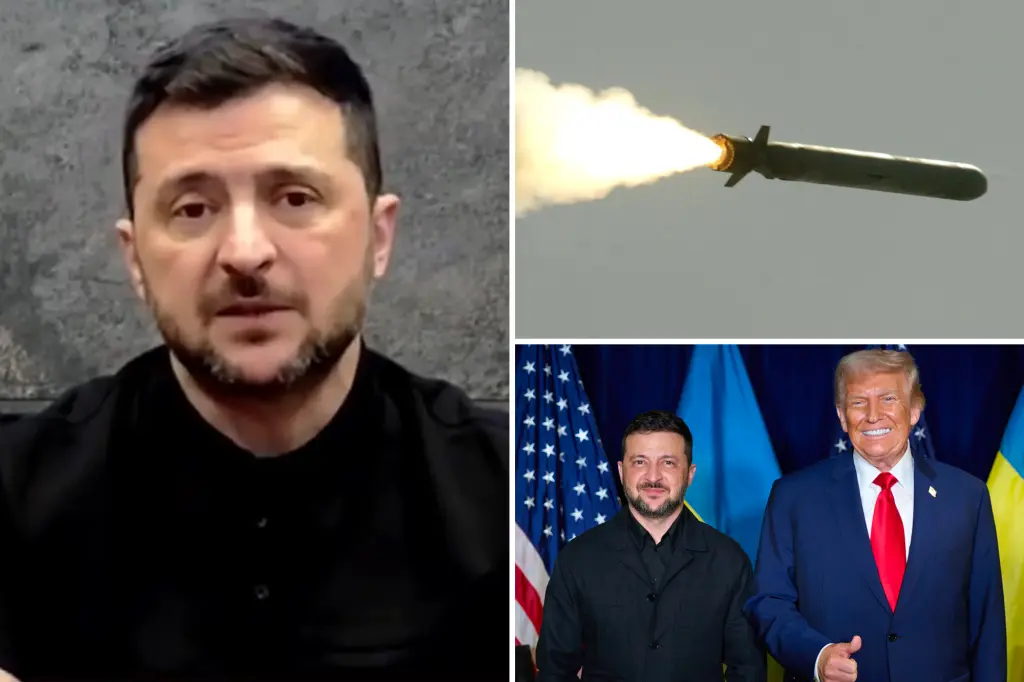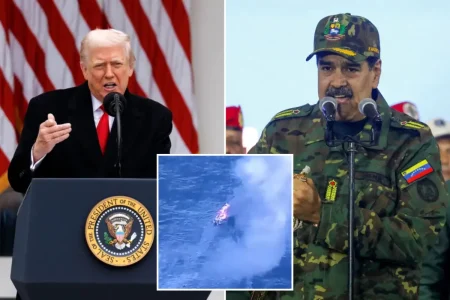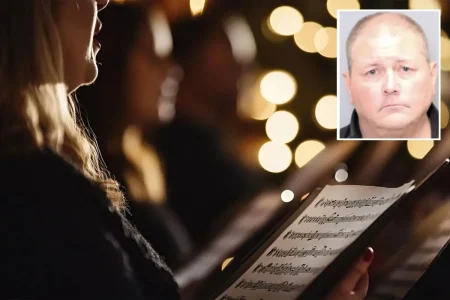Zelensky’s Plea for Support: A Pathway to Peace in Ukraine
In a significant diplomatic exchange, Ukrainian President Volodymyr Zelensky recently reached out to President Trump with urgent requests for enhanced military capabilities, particularly long-range firepower such as Tomahawk missiles. During their Sunday conversation, Zelensky expressed a commitment to using such weapons solely against military targets within Russia, not civilian areas—a distinction he emphasized as a fundamental difference between Ukrainian and Russian military ethics. The Ukrainian leader’s appeal comes amidst a complex geopolitical landscape, with the recent Israel-Hamas peace agreement offering what Zelensky described as “hope” that Russia’s devastating war against Ukraine could similarly be resolved. However, according to Zelensky’s recollection of their conversation, Trump acknowledged the greater complexity of the Ukrainian conflict, describing it as “a bigger war” with a Russian leader who “really doesn’t want to end it” and who hasn’t yet felt “full pressure” to seek peace.
The core of Zelensky’s request centers on two critical military capabilities: improved air defense systems and long-range strike capabilities. Tomahawk missiles, with their impressive 1,500-mile range and precision targeting abilities, would significantly alter the strategic dynamic by allowing Ukraine to reach deep into Russian territory and neutralize key military assets supporting Moscow’s war machine. Such capability would likely force Russia to redistribute its air defense systems from Ukrainian territory back to protect Russian soil, potentially making Ukrainian defense operations more effective. However, this request places American leadership in a delicate position—providing such advanced weaponry could potentially escalate tensions with Moscow, a concern that hasn’t gone unnoticed. Russian officials have already expressed “extreme concern” about potential Tomahawk sales to Ukraine, with some lawmakers threatening retaliation against the United States should such transfers occur.
President Trump’s response to these requests has been measured and contemplative. While maintaining an open mind about potentially supplying Tomahawk missiles, he has expressed understandable reservations, telling reporters, “I think I want to find out what they’re doing with them. Where are they sending them?” This cautious approach reflects the delicate balancing act required in supporting Ukraine while avoiding unintended escalation. Interestingly, Trump’s position on the conflict has evolved significantly in recent months. After previously taking a more restrained stance on Ukraine support, he suggested last month that Russia might be a “paper tiger” and even contemplated the possibility that Ukraine could not only reclaim all its territory but potentially “go even further.” This shift signals a potentially more supportive approach to Ukraine’s defensive efforts, though tempered with careful consideration of escalation risks.
The Ukrainian president painted a stark picture of the asymmetric nature of the conflict his nation faces. Ukraine isn’t merely fighting Russia, but confronting a coalition that includes Iranian drones and North Korean artillery bolstering Russian military operations. “We are a strong country, but not so big to be against Russia and Iranians and North Koreans. It’s too much,” Zelensky emphasized, highlighting the David-versus-multiple-Goliaths nature of Ukraine’s struggle. This international dimension of Russia’s war effort underscores why Ukraine has repeatedly sought advanced Western weaponry—the conflict has evolved into a proxy battle involving multiple authoritarian regimes providing military support to Moscow, while Ukraine relies heavily on democratic nations for its defense capabilities.
Intelligence cooperation represents another critical dimension of the Ukrainian request. While Zelensky carefully avoided confirming whether Trump had agreed to provide Ukraine with intelligence on Russian energy targets, his response suggested positive developments in this area. “I am comfortable with how our two intelligence institutions work. They have very strong relations,” he noted, indicating that behind-the-scenes intelligence sharing may already be yielding valuable tactical and strategic benefits for Ukrainian forces. Such intelligence cooperation could prove just as valuable as physical weaponry, providing Ukrainian military planners with crucial information about Russian military movements, supply lines, and vulnerabilities that could be exploited without necessarily requiring the most controversial long-range weapons systems.
The ongoing dialogue between Ukrainian and American leadership illustrates the complex military, diplomatic, and humanitarian considerations at play in this conflict. For Ukraine, obtaining advanced weaponry isn’t merely about military advantage but about creating sufficient leverage to eventually bring Russia to genuine peace negotiations. For the United States and its allies, each decision to enhance Ukraine’s military capabilities must balance immediate battlefield impact against broader geopolitical ramifications. As President Zelensky continues his diplomatic outreach, the fundamental question remains whether sufficient military support can create conditions for a just peace without triggering dangerous escalation. The path forward requires not only military calculations but moral clarity about supporting a nation defending its sovereignty against an unprovoked invasion—all while working toward an eventual diplomatic resolution that respects Ukraine’s territorial integrity and independence.











